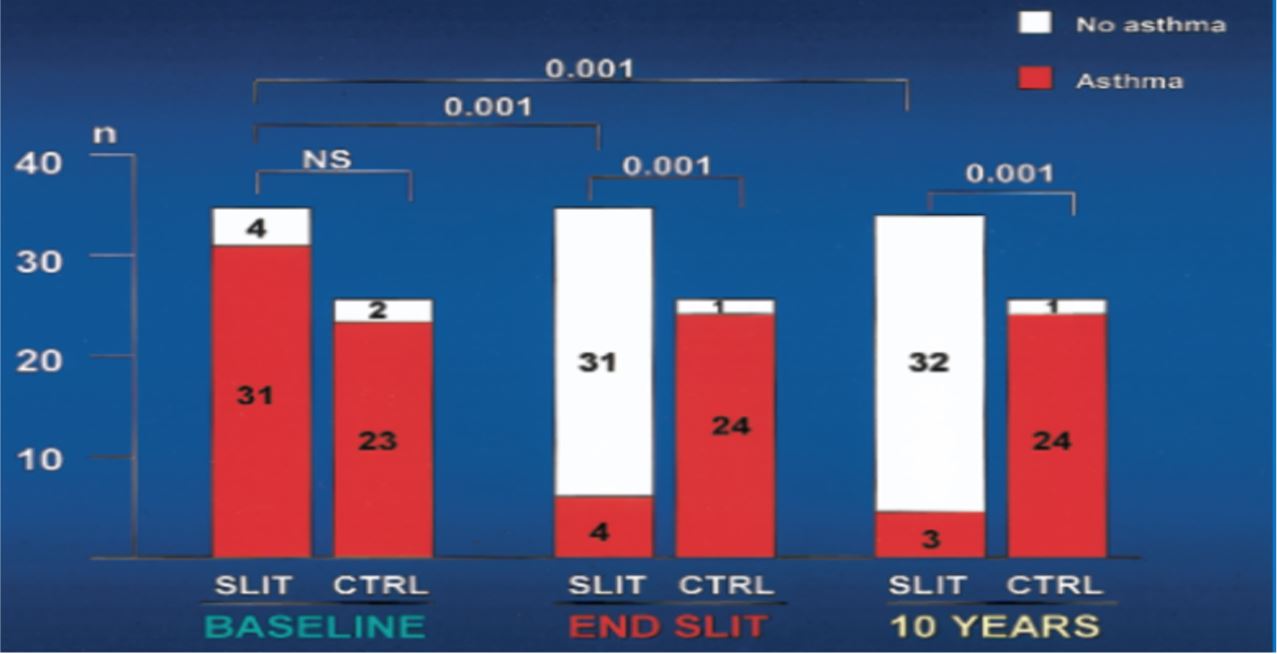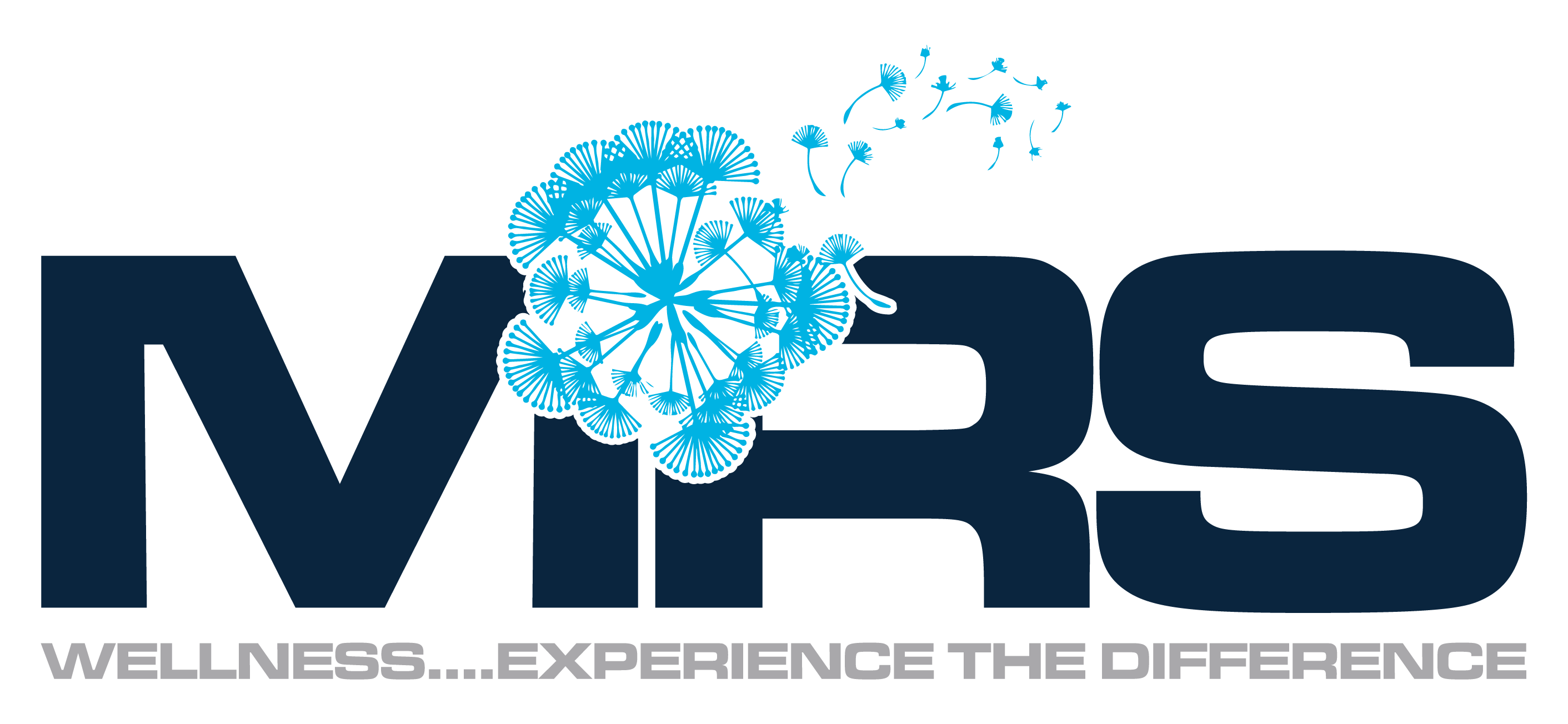 Benefits of antihistamines, sprays, & immunotherapy.
Benefits of antihistamines, sprays, & immunotherapy.
The Best Allergy Treatment Options for Your Patient
By Dr. Dean C. Mitchell, MD, Board Certified Immunologist and author of Allergy & Asthma Solutions
The allergic patient tends to suffer for quite a while before he or she seeks medical attention. Why? Typically, it’s because initially the symptoms don’t seem like a big deal and can be handled with over the counter medications. The patient quickly learns to sample the various antihistamines, nasal sprays and any holistic remedy that has claimed to stop allergies.
Ultimately, though, the patient comes to your office after suffering months or years with classic allergy symptoms that are intolerable: nasal congestion, rhinorrhea, sinus pressure, itchy and watery eyes and the more severe respiratory symptoms of wheezing, shortness of breath or chronic bronchitis. What are your best options for treating this patient?
Pills
All the antihistamines are now over the counter. Most patients have tried many of them before coming to your office, but sometimes stop using them due to ineffectiveness or side-effects. It’s important to be aware of some subtle differences in the antihistamines:
- Claritin (loratidine) is a non-sedating antihistamine that works 24 hours. It works well for mild allergies and in my experience is usually without side-effects but is not very strong. Claritin also makes a Reditab tablet which I like that dissolves on the tongue (so you don’t need a glass of water) and is very quick-acting.
- Allegra (fenofexadine) is also a non-sedating antihistamine that works a bit longer than Claritin, usually 48-72 hours. It tends to work in patients that are no longer responding to Claritin. It is usually well-tolerated and is the active metabolite of the older drug Seldane, so you do have to take some precautions if the patient is on an antifungal medication and be aware if a patient has a cardiac arrhythmia diagnosis.
- Zyrtec (Cetirizine) is the newer version of the older antihistamine hydroxyzine. Hydroxyzine was the classic antihistamine given for pruritus, but it wasn’t tolerated well because it caused sedation–the patients fell asleep so the itch stopped! The Zyrtec pill is derived from this medication but it was changed to decrease the somnolence factor. However, there are still many patients that are sensitive to the drowsiness that this antihistamine can cause. It is also a very long-acting antihistamine and stays in the bloodstream for up to 96 hours.
Note: Accurate allergy testing requires patients to stop taking antihistamines for a specific timeframe prior to the test. It is important to be aware which antihistamine a patient is taking. In most cases, requesting the patient stop their antihistamine for 4 days is the best approach. For that reason, it’s helpful to advise patients to get tested at a time of year when their allergies are least severe, if there is one.
Nasal Sprays
Now all the previous prescription nasal sprays are over the counter. Nasal steroid sprays are very effective for nasal allergy symptoms, and in some cases give relief to eye allergy symptoms. The primary benefit of these sprays is that they work quickly (within hours) and typically can give 24 hours of relief. Not everyone is comfortable using a nasal spray, but head to head studies show they are more effective than antihistamines for allergic rhinitis:
- Flonase (fluticasone) may begin to relieve symptoms as soon as 12 hours after taking it, but could take several days to manifest the full benefit. If there is no benefit after a full week, discontinue use of this corticosteroid.
- Nasacor (triamcinolone) is safe to use daily but usually only for a week at a time, as long-term use raises risk of side effects, which is a diffult navigation for some patients as it can take a week to achieve full effect.
- Nasalcrom is long forgotten nasal spray I like to recommend to patients that need a daily nasal spray. Nasalcrom was a prescription drug decades ago. It is based on the herb kheillen, and is the medication cromolyn sodium. It works by blocking mast cell release. It is quite effective if used regularly, but it needs to be used before you have an allergic exposure. It is a preventive nasal spray that is extremely safe for children, women and men.
Allergy Immunotherapy: Shots, Drops and Tablets
All the above medication treatments are temporary. Meaning, once the patient stops the antihistamines or nasal sprays the allergy symptoms can return. Patients that are seeking a lasting suppression of allergy symptoms can be offered allergy immunotherapy, which works at the immune level to give the patient protection. For many years, allergy injections were the only option for immunotherapy but now there are two other options as well.
- Allergy injections: this treatment uses allergen extracts for environmental allergens such as dust mites, animal dander, pollens, weeds and molds to desensitize the patient. The treatment has shown to be effective in achieving last allergy protection, however it does have the negatives concerning patient discomfort from arm swelling, inconvenience of travelling to the doctor’s office for months and there is a non-trivial risk of a severe allergic reaction–that’s why it’s critical patients wait 30 minutes in the doctor’s office after an injection.
- Sublingual drops: sublingual allergy drops have been used in this country for about 20 years, but they became more popular in the past 5 years as numerous studies have shown them to be as effective as injections and have the added benefits of far greater convenience (drops are done at home) and better safety (incidents of allergic reactions are extremely rare). The allergy drops use the same allergen extracts made for injections, but are put in a dropper bottle the patient can then place under the tongue. (For that reason, allergy drops are considered an off-label use.) The drops are custom formulated for each specific patient, and the dosing works in a desensitizing format so that the dosing is carefully scaled up from a low concentration to a high one over a period of months. A ground-breaking study published in The Journal of Allergy and Clinical Immunology a decade ago showed how you can reverse allergic asthma long term by using sublingual allergy drops. See the results graph at the top of this post.
- Sublingual allergy tablet: There is also a tablet form of allergy immunotherapy. It is only currently available for a few allergens: species of grasses and ragweed. It has been proven to be effective in clinical trials, but at the time of this writing, it comes in only one set high dose and patients can have strong immediate allergic reactions to these tablets. Patients are accordingly required to have injectable epinephrine available at home as a prerequisite for taking this medication. I currently do not use these tablets in my practice for this reason.
Conclusion: You as a non-allergist physician now have a variety of options for treating allergic patients in your practice. For long term relief, allergen immunotherapy is a proven and effective.
